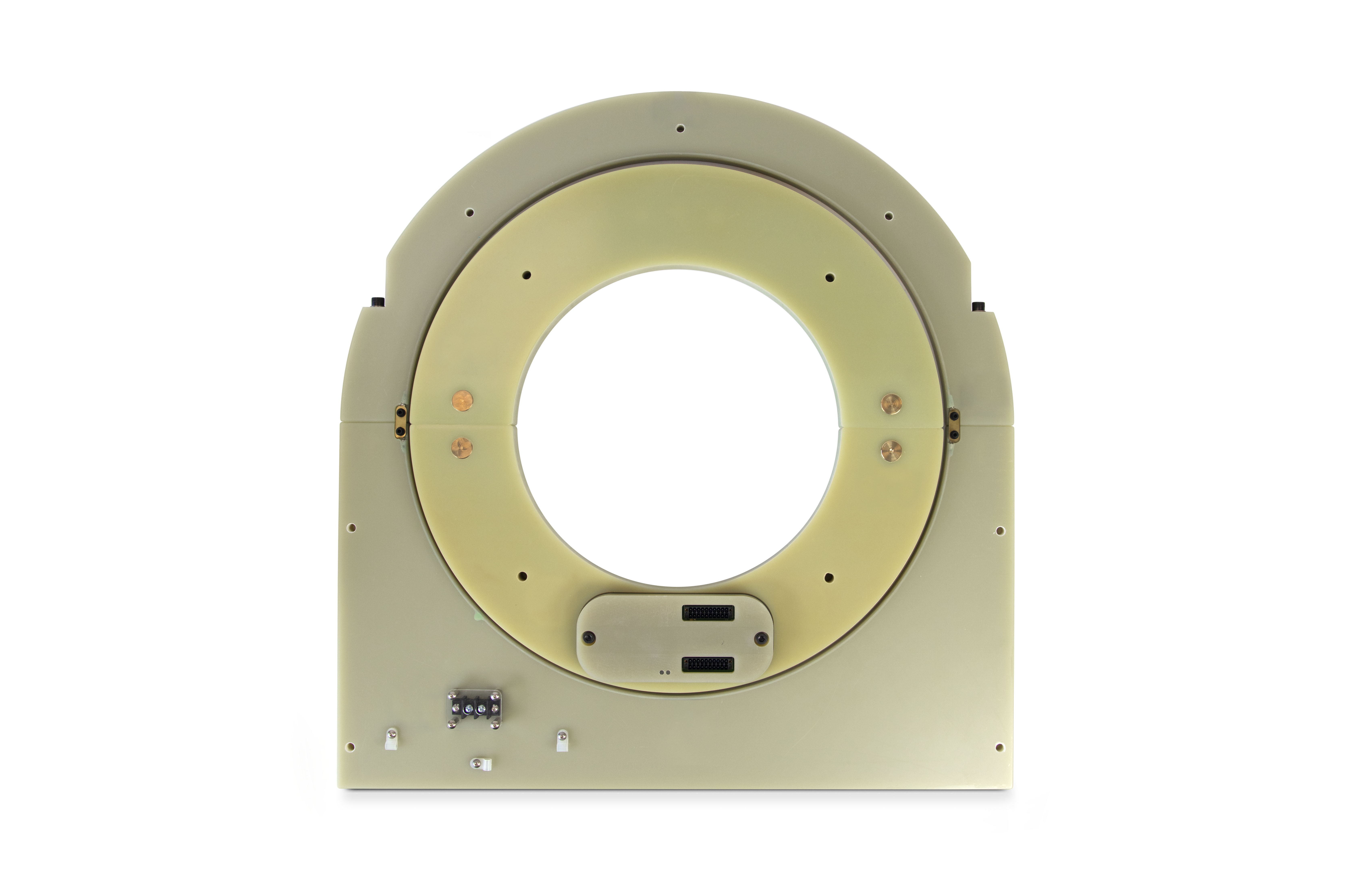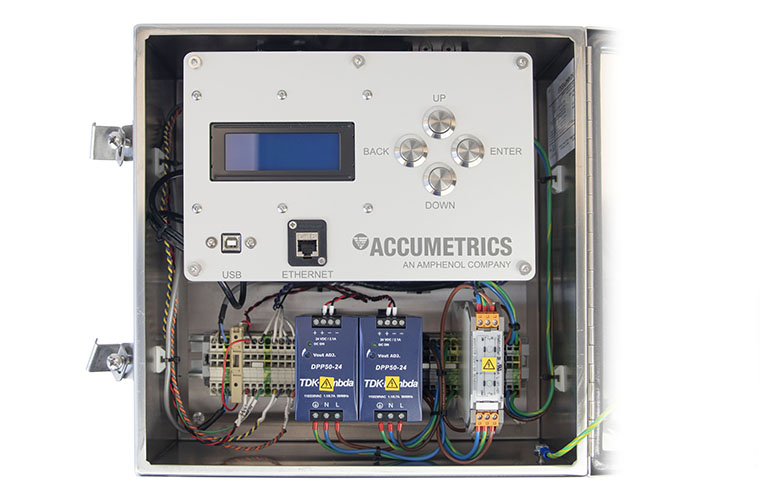Main Menu
 A leading manufacturer of flat rolled aluminum wanted to ensure operational efficiency of their rolling mills by using temperature monitoring to increase the output of drive motors. Without direct temperature monitoring of the rotor, the motor operation
is limited to worst case safe operation. Overly cautious drive levels and wait times must be used to prevent expensive damage to the motor that would lead to long down times. Directly measuring the temperature of the rotor windings using telemetry
allows the plant to safely push the limits of the motor and increase throughput. The manufacturer already had an older monitoring system in place, and they had experienced the benefits of temperature monitoring for many years.
A leading manufacturer of flat rolled aluminum wanted to ensure operational efficiency of their rolling mills by using temperature monitoring to increase the output of drive motors. Without direct temperature monitoring of the rotor, the motor operation
is limited to worst case safe operation. Overly cautious drive levels and wait times must be used to prevent expensive damage to the motor that would lead to long down times. Directly measuring the temperature of the rotor windings using telemetry
allows the plant to safely push the limits of the motor and increase throughput. The manufacturer already had an older monitoring system in place, and they had experienced the benefits of temperature monitoring for many years.
As their existing telemetry started to reach end of life, the manufacturer ensured efficiency far into the future by installing the more robust and fully featured AccuTemp Temperature Monitoring System. AccuTemp continuously measures and wirelessly reports on the temperature of eight individual temperature sensors, allowing operators to increase the production output of the motors safely and reliably with less risk of motor damage. Temperature sensors, typically RTDs, are supplied by motor manufacturer or the end user and installed on the surface of rotor windings or embedded in the windings. The system consists of:

Figure 1: Split clamp collar (mounts to shaft) surrounded by stationary pickup coil (powers the sensors by induction and receives digital data)

Figure 2: Remote receiver with LCD display
AccuTemp provides better self-diagnostic capability over the previous generation system, and the ModBus TCP digital output allows a direct connection to the mill’s control system, eliminating the need for expensive analog input cards and complicated wiring. Accumetrics provided field service to commission the system.
With AccuTemp, the manufacturer benefitted from
The manufacturer has benefitted from driving their large DC motors beyond the name plate rating by reliably monitoring the temperature of the armature winding of the motors during run time. They are saving time and money by making smart predictive maintenance decisions rather than having to schedule preventative maintenance outage time to inspect DC motors.

Figure 3: System Diagram